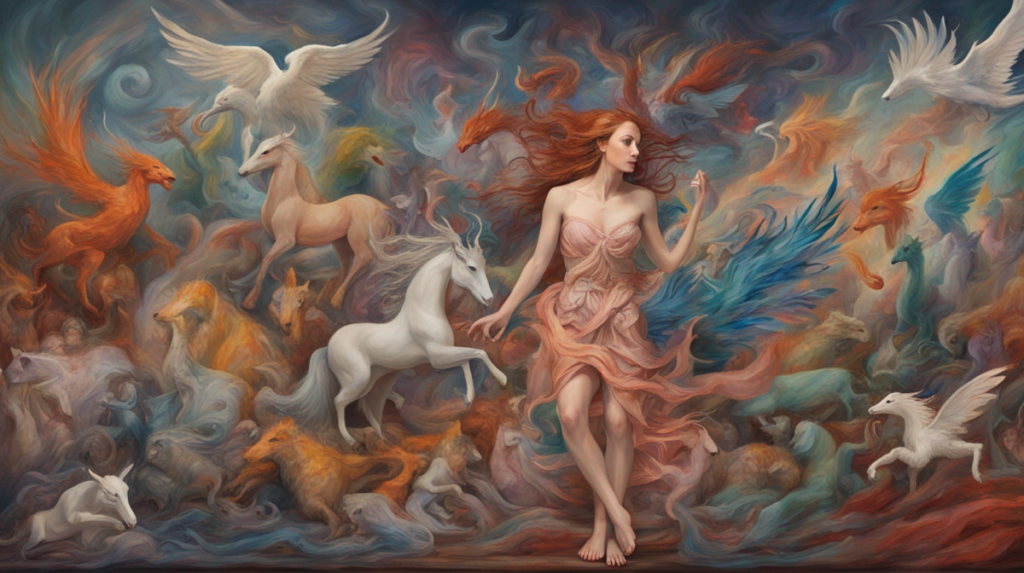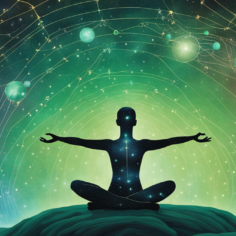
Art and mythology have long stood as stalwarts of human culture and bearing, conveying universal messages and experiences. Each artistic interpretation of myths and legends can have profound effects on our emotional health and well-being. This article will delve into the ways these narratives continue to heal, inspire, and contribute to emotional wellness.
Artistic Interpretations of Mythology: The Emotional Resonance
A Therapeutic Outlet
Art, in its various forms, provides a therapeutic outlet. Artists have used mythology and legends as inspiration, to articulate their feelings, struggles, and hopes. By expressing these deep emotions, artists not only tell their personal stories but also create a space for viewers to resonate, potentially mending their own emotional wounds.
Emotional Connectivity
Artistic representations of mythology often carry profound and universal messages of love, loss, courage, and sacrifice, which can deeply touch the viewer’s emotions. They help us comprehend and express our own feelings, enhance our self-understanding, and often serve as contemporary therapeutic tools for emotional health.
Myths and Legends: An Art-Health Link
Bridging Understanding with Emotional Healing
Artistic interpretations of myths and legends can serve as a bridge between understanding and emotional healing. They tell stories that speak to human experience and provide a metaphorical lens to view our lives, helping us cope with personal traumas, anxieties, and loss, thereby encouraging emotional well-being.
Fostering Resilience
Mythological themes often revolve around trials, tribulations, and eventual triumphs. These narratives can bolster resilience by illustrating that one can rise above adversity and face life’s challenges with courage.
Controversy: Art, Mythologies, and Mental Health
Though the positives are abundant, it’s crucial to also discuss the contention that relying solely on art as a therapeutic tool may not replace professional care for severe emotional traumas. Furthermore, interpretations of mythologies are highly personal and contextual, and hence, may not universally cater to healing or emotional health.
Conclusion
The interplay of artistic interpretations of myths and legends opens an intriguing exploration of emotional health. By empathetically engaging with these narratives, one might tap into a therapeutic and self-reflective process beneficial for mental well-being. However, professional mental health services remain paramount for serious concerns. Mythologies decoded through art provide a direction, not an exhaustive solution.
Last modified: 18 January 2024


















